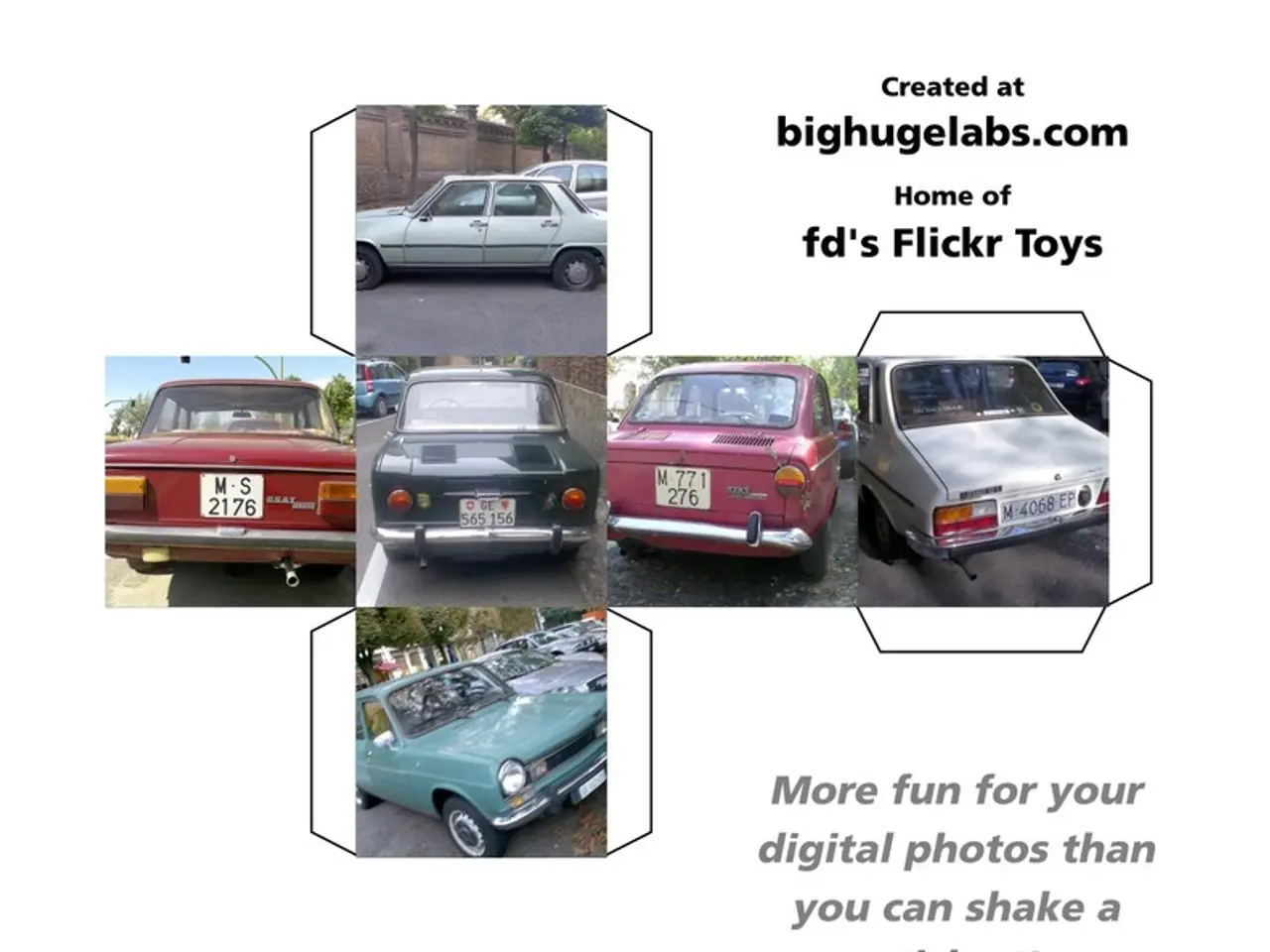Strategies and Optimal Techniques for Achieving Impressive Backgrounds in Web Development
Designing Impactful and Accessible Backgrounds in Web Design
Creating a visually appealing and accessible website is a delicate balance between aesthetics and functionality. One essential element that plays a significant role in shaping the user experience is the choice and use of backgrounds.
When adapting designs for dark mode, it's crucial to test gradients, images, and textures in both light and dark themes. This ensures that your website maintains its visual appeal and readability across different settings.
Accounting for accessibility is essential in web design, and backgrounds are no exception. Ensuring inclusivity means choosing high-quality, relevant images or colours that support the brand message without distracting users. Backgrounds should also enhance readability and accessibility by maintaining sufficient contrast between background and text.
Gradient backgrounds can add subtle depth without overwhelming the page, creating a more dynamic and engaging user experience. However, it's essential to prioritise readability and contrast to ensure legibility and accessibility.
Parallax scrolling, which makes backgrounds and foregrounds move at different speeds, can create a layered, dynamic look. While it can be an effective tool for adding movement to your website, too much parallax can confuse users or slow down devices.
Backgrounds help shape how people experience a site, guiding attention, creating structure, and showcasing brand style. They can be made of solid colours, soft gradients, images, videos, patterns, graphics, textures, animations, or interactive effects.
Video backgrounds can create a powerful, immersive experience but require careful consideration for purpose, performance, fallbacks, and accessibility. They should be optimised for fast load times and responsive design to ensure they don't detract from the user experience.
Glassmorphism and blur effects have become popular trends, creating a sleek, futuristic aesthetic. However, it's essential to avoid using fast, looping animations or videos as backgrounds that could trigger motion sickness or distraction for sensitive users.
Respect user preferences for reduced motion using CSS prefers-reduced-motion media queries, automatically disabling non-essential animations.
Best practices for selecting and using backgrounds in web design include choosing high-quality, relevant images or colours that support the brand message without distracting users; ensuring backgrounds enhance readability and accessibility by maintaining sufficient contrast between background and text; optimising images for fast load times; using responsive techniques like media queries to ensure backgrounds display well across different devices; and employing layered CSS background properties for sophisticated visual effects while maintaining performance and maintainability.
When selecting background images, choose high-resolution, relevant images that are not generic or low-quality, as they reduce professionalism. Implement responsive background images with CSS media queries to adapt visuals based on device size and resolution, ensuring consistent appearance across platforms.
Avoid inline styles for backgrounds in production; instead, use CSS classes and semantic HTML for maintainability. Employ advanced CSS background features such as layering multiple backgrounds, controlling background-clip and background-origin properties for nuanced effects, and combining images with fallback solid colours to support accessibility.
Perform automated visual testing across browsers and devices to detect issues like cropping, broken layouts, or poor contrast that could affect branding and usability. For content-heavy pages, choose backgrounds that highlight and do not compete with main content: lighter backgrounds work well for text-heavy sites, darker backgrounds can accentuate image-heavy layouts.
Designing with accessibility in mind broadens your audience and demonstrates ethical, user-centered values. Always check that any background images or graphics you use meet attribution requirements to maintain ethical and accessible design practices.
Backgrounds in web design are the layer seen behind all content on a web page. When using patterns or textures, ensure they do not interfere with content legibility or contribute to visual noise.
WebPageTest.org evaluates load times to ensure performance optimization in website background design. Avoid using pure black backgrounds in dark mode. Deep grays or dark textures look smoother and help reduce eye strain.
Patterned and textured backgrounds can make a web page feel more interesting and layered, but should never take focus away from the text or buttons. Limit animation duration and intensity to avoid distraction in animated and interactive backgrounds. Provide user controls to pause or disable motion for accessibility.
Solid colour backgrounds offer clarity and minimal distraction, allowing text and key visuals to stand out. Gradient Generators like CSS Gradient and UI Gradients help you create smooth, visually appealing gradients with customizable colour stops and directions.
Image Resources like Unsplash, Pexels, and Subtle Patterns offer high-quality, free images and patterns ideal for backgrounds. Adobe Stock is a preferred resource for professionals, providing high-quality, royalty-free images, graphics, and videos tailored for professional website designers and creatives.
Following these practices ensures your background enhances the overall design, maintains accessibility, supports user engagement, and performs efficiently across environments.
Choosing high-quality, relevant images or colors for backgrounds can support a brand's message while ensuring readability and accessibility. This can be further enhanced by using technology such as gradient generators to create visually appealing gradients, improving the lifestyle experience of the users.
Adapting designs for dark mode not only includes testing gradients, images, and textures in both light and dark themes, but also considering the use of deep grays or textured backgrounds, which are smoother and help reduce eye strain, contributing to a more comfortable user experience.




